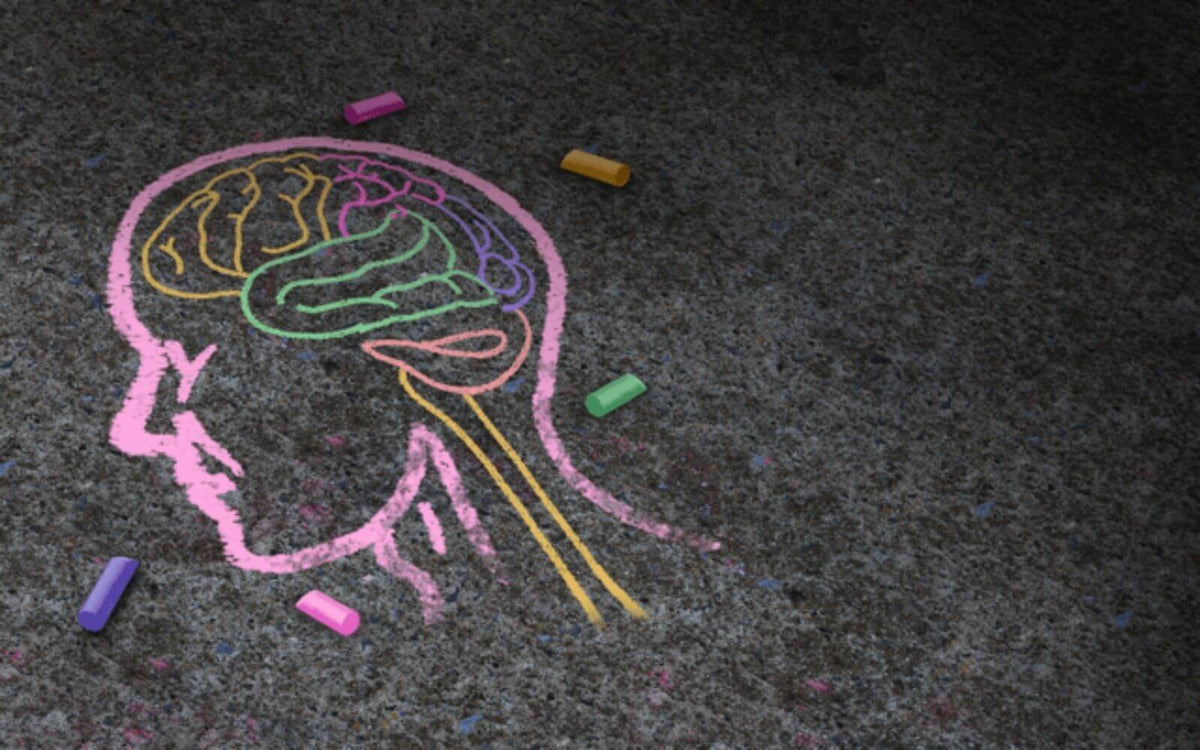Autism In Kids

Autism In Kids
The first time you noticed your child behaving in an unusual way, you may have decided to wait and see. You may have thought, “Children go through phases (he'll or she'll) grow out of it.” But the unexpected behaviors continued. You now wonder: is it autism? You may be worried, confused, or hopeful that you’ll find a diagnosis for your child’s symptoms. Whatever you’re feeling, something brought you to this page. The best thing you can do is find the answer to your question. If it is autism, appropriate support can make a huge difference in your child’s life.
What is Autism Spectrum Disorder?
Autism Spectrum Disorder (ASD) is a developmental disorder with symptoms that appear within the first three years of life. Most children with autism look like other kids but they act in ways that are different from the behaviors of other children. When interacting with others, they may respond in unexpected ways, or they may not interact at all.
Autism is a spectrum disorder, meaning the disorder appears in a range of forms and levels of severity. Some individuals develop typical capabilities in terms of speech and language and develop exceptional skills, however, struggle with lifelong social and behavioral differences. Others may have challenges in communication, sensory sensitivities, and behavioral issues, such as excessive tantrums, repetitive behaviors, aggression, and self-harm. Fortunately, appropriate treatments can improve outcomes for many, if not most, people diagnosed with ASD.
How Common Is Autism In Kids?
For many years a diagnosis of autism was rare, occurring in just 1 child out of 2,000. However, since the mid-1980s, the rate of autism has increased substantially around the world. In March 2020, the US Federal Centers for Disease Control announced that 1 in every 44 children in the United States is affected by autism. Autism is far more likely to affect boys than girls, but children of both genders have been diagnosed with ASD.
What Are The Signs of Autism In Kids?
Many signs can indicate that an individual may be affected by an ASD. It's important to remember, however, that every person diagnosed with autism is different. Some have several signs and symptoms, while others experience only a few. Early sings of autism include:
-
Delayed speech or difficulty communicating
-
Little-to-no eye contact
-
No imaginative play
-
No joint attention—not looking in the same direction as others
-
Showing limited interest in other people
-
Highly emotional responses to changes in routine
Where Can I Get Autism Screening?
Early intervention can make a big difference for children with autism and screening during the first three years of life is increasingly becoming the standard of care. In 2016, a study from the American Academy of Pediatrics found that 81% of pediatricians “always” or “almost always” use formal tools to screen for autism in children under 36 months old. There are no genetic, blood, or other laboratory tests that can confirm an autism diagnosis. Instead, medical providers use observation and standardized behavioral evaluation to identify children with autism.
Commonly Used Autism Screening Tools
The American Academy of Pediatrics encourages all pediatricians to screen for ASD when children are as young as 18-months. If you have concerns about your child’s symptoms or behavior, ask your medical provider to perform an autism screening. Specialists like developmental pediatricians and clinical psychologists are also trained in diagnosing ASD. If necessary, you can contact your state’s early intervention program and ask for an evaluation. Getting a diagnosis is the first step toward treating autism in your child.
-
ARI's Diagnostic Checklist Form E-2 – Dr. Bernard Rimland, developed this tool to diagnose children with a subtype of autism called Kanner’s syndrome or ‘classical autism’. You can print and complete the checklist and then mail it to ARI for scoring. Our staff will then analyze the responses and send you a score along with an interpretation at no charge.
-
The Ages and Stages Questionnaire – Used by healthcare professionals and early childhood educators to assess development progress in children between one month and 5.5 years of age.
-
The Modified Checklist for Autism in Toddlers - A simple validated screening tool developed in the UK and widely used at 18-month check-ups.
- Reveal - The world's first online autism test for both children and for adults that is powered by machine learning and has test questions formulated by licensed therapists.
Spectrum + Autism Spectrum Disorder Support Supplement
Spectrum + by Vitro Biopharma is an advanced autism spectrum disorder support supplement designed to provide and support the nutrition shown to be deficient in children with autism. Studies have shown that the combination of natural ingredients present in Spectrum + help in neurological development and DNA repair. The ingredients are potent anti-inflammatory and antioxidants which help reduce inflammation linked to autism and are safe for all types of diets and sensitivities. You can shop Spectrum + here.

Kids With Autism Brain Development
Autism In Kids Summary
Accurate Screening & Testing
In March 2020, the US Federal Centers for Disease Control announced that 1 in every 44 children in the United States is affected by autism. Autism is far more likely to affect boys than girls, but children of both genders have been diagnosed with ASD.
The American Academy of Pediatrics encourages all pediatricians to screen for ASD when children are as young as 18-months. ARI's Diagnostic Checklist Form E-2, The Ages and Stages Questionnaire, The Modified Checklist for Autism in Toddlers are all excellent screening methods.
Leave a comment
Comments will be approved before showing up.
Also in Understanding Autism

How To Diagnose Autism In Adults

What Are The Signs of Autism In Adults?










